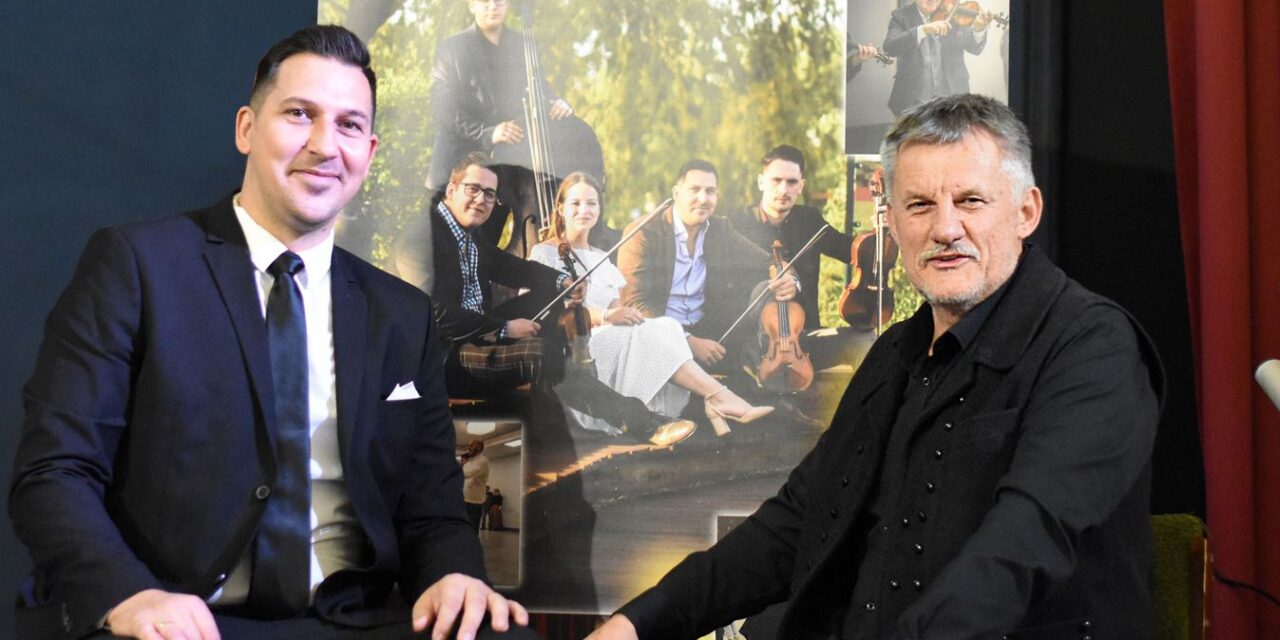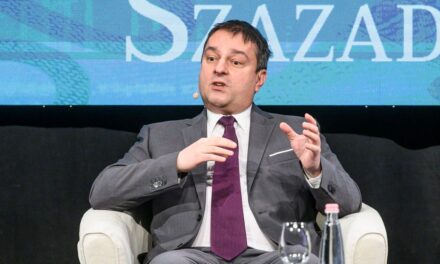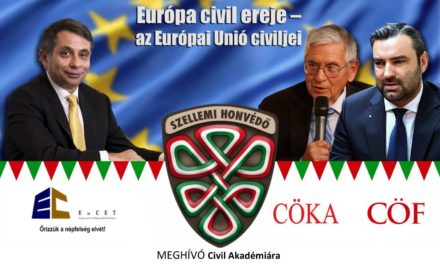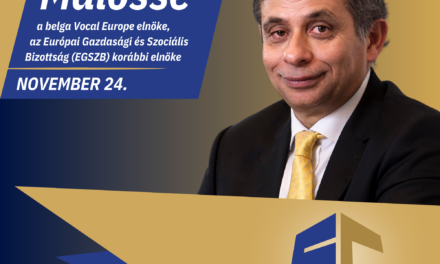György Demarcsek, a traditionalist with the Hungarian Golden Cross of Merit, was the guest of the third Prima Volta Folk Club.
He was twenty years old when he wandered into a dance hall for the first time in his life at the teacher training college in Nyíregyháza. That night turned out to be a turning point in György Demarcsek's life, so much so that just eight years later, in 1986, he was able to take the stage as a Young Master of Folk Art, and in 1991 he received the title of Hereditary Golden Spike Dancer. He himself told about all this and the rich decades that have passed since then at the Prima Volta Folk Club in the Kölyökvár's banquet hall.
The first steps
- We were there half a year after the military, there were many girls, a fantastic environment, so we had a good time at college. Actually, Laci Huszárszki was my first teacher, he brought the dance group together in the spring of 1978. I started dancing as an adult - before that I played volleyball competitively - and from the first minute I took it very seriously, if something didn't go well, Laci and I rehearsed separately. The college had a Pocket Theater when we weren't rehearsing there, somewhere in the dormitory. We've heard it many times
"Well, here they go again, fighting everywhere in the corridor".
Today, the entire Hungarian dance material is available on the Internet, but at the time this was unimaginable. If we wanted to learn, we had to follow him - György Demarcsek explained, adding: after László Huszárszki, they had their own masters, and in 1983 they founded the Association of Small Industry Cooperatives and the college.
- I was the head of the KISZÖV Youth Center at the time, and we invited the choreographer Ferenc Kiss, who led the Bocskai dance group in Debrecen. He was a fantastic person, he got involved in everything, we used to jump out of the windows of the dormitory, because every night he held social activities in some pub. In the meantime, of course, we also dealt with dancing, and we thought it was time to qualify. The gold III. was the highest, at that time only the Szabolcs Volán Néptáncejüttes in this region had such a qualification, but we also aimed for it. This was already after college, when I was taken to Mezőkövesd for the second time as a soldier.
I went back to the barracks disappointed because we only got one silver II, I didn't understand how this happened. The team was very good, we loved each other, we went to parties together every night, but the technique and knowledge were lacking. We therefore decided that, after I was officially the head of KISZÖV Nyírség, which Feri Kiss led for a while together with his colleges, we would call in instructors who are really qualified. This was the case with Zoltán Dede, a graduate dancer our age, and Gusztáv Balázs, Gypsy folklorist, ethnographer and ethnographer. The two of them treated us, and a year later we were awarded gold II. we obtained certification - recalled György Demarcsek, who also got involved in the collection work at the end of the seventies and the beginning of the eighties. Together with Martin György, an Erkel Prize-winning Hungarian dance historian and ethnographic researcher, they visited Hungarian villages in Hungary and across the border, and recorded dances characteristic of the settlements and landscape units.
A student becomes a teacher
In the meantime, the dancer also became an instructor.
– At that time, Laci Huszárszki held dance halls for socialist brigades in addition to our rehearsals, and he once asked me to accompany him. Those workers only went there to sign the diary, they didn't want to, they didn't even like to dance. And then Laci said:
"I will introduce tonight's guest, György Demarcsek, he will host the dance hall. Hi, Gyuri!"
He threw me into the deep water in Hungarian.
After that, I held a lot of rehearsals, when I completed the post-graduate training of the Hungarian Academy of Dance between 1997 and 1999 and became a professional folk dance teacher. In the meantime, in 1998, we started the outsourced training of the Academy of Dance in Nyíregyháza, and we also founded our elementary art school.
In the Folk Club, of course, the Nyírség Dance Ensemble, which turns 50 this year, was discussed. Its leader, György Demarcsek, was awarded the Hungarian Golden Cross of Merit in recognition of his work as a researcher, preserver of traditions, as well as organizer and creative work for the survival of Hungarian folk dance traditions, as well as his decades-long activity as an art instructor and educational organizer.
The entire conversation can be heard and Spotify channels Prima Volta band
Featured image: Tamás Pitlik, the violinist of the Prima Volta band, talked to György Demarcsek / Photo: Alexandra Csáki













